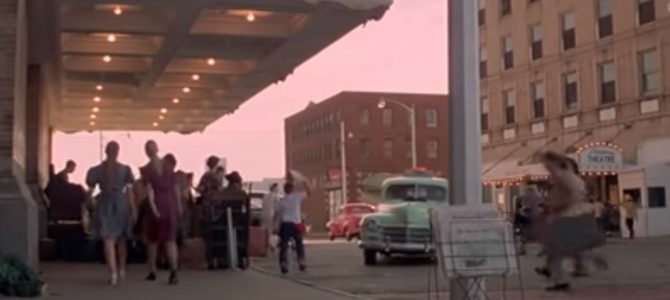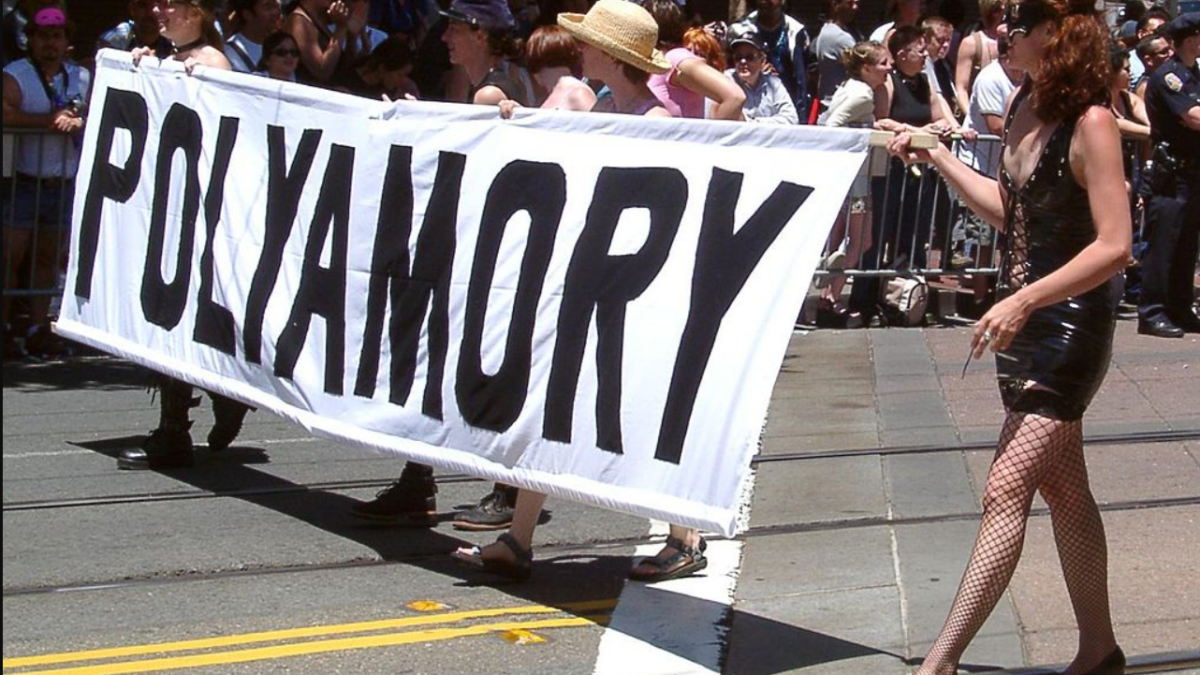
Jamie Lee Curtis has returned to her roots— and to wearing long hair— by reprising the role of Laurie Strode, the character that launched her career when she first appeared in John Carpenter’s horror classic, “Halloween.” That 1978 film was a game-changer, as it tapped into the minds of audiences and delivered an unusual level of fear. Made on a very modest budget near $300,000, it grossed $50 million, and launched our love affair with marauding psychopathic killers.
As things always go in Hollywood, that success had to be emulated, to put a polite spin on the artistic theft. In the wake of “Halloween’s” success, horror films surged in popularity, with a number of notable franchises springing up. As the years went on, the use of home video exploded, and the cheap and quick nature of horror (low-rent location shots, practical effects, and no-name casts to be slaughtered) meant products could easily be delivered to Blockbuster store shelves.
In that expansion, much was lost. The repetitive homages sapped tension, and films were reduced to gore and jump-scares to entertain audiences. Certainly with age and experience, viewers’ horror becomes neutered. Once you cover film for any duration you become inured to the shocks; with wisdom comes awareness. So I looked back, trying to capture the last time I felt that visceral combination of fright and thrill from a film.
Stanley Kubrick’s “The Shining” had its moments, delivering an off-kilter unease at times. John Carpenter’s “Halloween” touched on a bit of it as well. “Alien” gave quite a lot of atmospheric distemper. But these were more amusement park ride types of excitement— choice thrills, but where you’re secured in a seat and ultimately feel safe. I had to reach just slightly further back, to an earlier entry in the slasher realm that upon reflection is actually a bit of a touchstone in the genre: “The Town That Dreaded Sundown.”
Made as pure drive-in fodder in the years ahead of the horror revolution, I first came across this title in those nascent days of cable television. My parents’ disinterest in movies helped me land on this nighttime discovery and I found myself riveted, if not paralyzed, while watching. Certainly my impressions were provoked by naivete, both not knowing what I was getting into and not having been exposed to the cliches of the slasher category. There is good reason for the latter.
The film is based rather directly on a series of attacks that transpired in Texarkana, a small town straddling the Texas-Arkansas border. In the mid-1940s, over a ten-week stretch, eight people were violently attacked by a masked assailant, with five of them perishing. Although it’s a loose interpretation, many scenes in the film closely resemble some of the crimes. For additional verity, the movie was filmed on location.
Told in a quasi-documentary style, our introduction brings us to town just after the close of World War II, as returning G.I.s are rejuvenating the economy and society. Soon we are following a couple as they drive out to a remote “lover’s lane” and park. A shadowy individual approaches the vehicle, and director Charles B. Pierce stages a rather gripping introduction.
Distracted, the couple fails to notice a figure creeping around the car. The shot from their point of view had the camera looking out the windshield as the car hood popped open. Startled at first, they (and we) get a jolt as it slams shut. Staring at them is a hooded man, and in his fist is a collection of wires wrenched from the engine. Instantly, they are terrified and know they have no means of escape.
The first attack involved busting the door’s window and pulling out the driver, and appropriately the ensuing camera angle shoots outward, as long shards of glass are illuminated by moonlight to reveal dripping blood. This was all staged remarkably well, and even today it manages to deliver a reaction. (I was not seeking shelter in the sofa cushions, but the needle did bounce a little.) This was what had clutched my preteen self with menace, and my lack of exposure to the common tropes of serial killer films helped my enjoyment. It was not simply a lack of exposure on my part, it was a lack of prior content to be found.
While “Sundown” plays today as a common slasher flick, it is a true precursor. Predated by the Canadian-shot “Black Christmas” this title was released in 1976, two years before Carpenter unleashed Mike Myers on audiences. Many elements here show why those two movies can be seen as the direct pipeline to “Halloween,” from which a wide spray of blood continues to fountain down on the cinematic landscape. This “Town” could be ground zero for the outbreak of serial killer cinema.
So many familiar facets of the slasher are in play during “Sundown.” The hooded figure, the threat of a silent murderer, the slow and steady pursuit of their quarry, and even a varied methodology in dispatching of victims. Some are beaten, others are shot with a pistol. In one scene a high school band member is trussed to a tree and a knife is affixed to the slide of her trombone.
As absorbing as it is as a originator, the film also has a very odd tonal shift. During the second act we follow the local deputies as they begin the investigation, and a Texas Ranger is brought in to aid in the manhunt. A detail officer named “Sparkplug” (played by director Pierce) lends comic relief, as Sparkplug is bumbling and poorly skilled. In one scene, officers dress as women in a bid to serve as bait and hopefully lure the killer. These odd slapstick stretches feel like they are from an entirely different film.
But the third act returns to tension and it is well served. As the community remains indoors the killer resorts to stalking homes. One scene I vividly recall from my youth involves Dawn Wells (Mary Anne, from “Gilligans Island”) who discovers her husband had been shot from outside. While gripped with that shock she sees the figure standing ominously at her screen door, which he then destroys to get at her.
Suffering somewhat due to time this unique horror entry holds up remarkably well. Being staged in the 1940s helps the case, as the dated aspects of the genre actually help to place you in the era. But the unmistakable fact that this film surely influenced those to come immediately following its release means it deserves the cult status it has been elevated to in recent years.
Like a lesser rock band that influenced later groups who achieved more fame, this film deserves attention as a true seminal entry. Perhaps before watching “Halloween” (the decent new version, or the superior original) seek out this classic, which is available for streaming on Amazon Prime. It makes for a great study as an important influence on those filmmakers who then went on to fuel the explosive emergence of the slasher genre.
Though it may have suffered some from relying on repetitive techniques, “The Town That Dreaded Sundown,” led the way in many categories.









